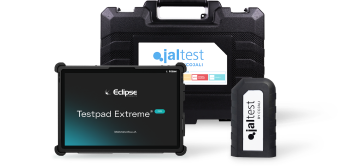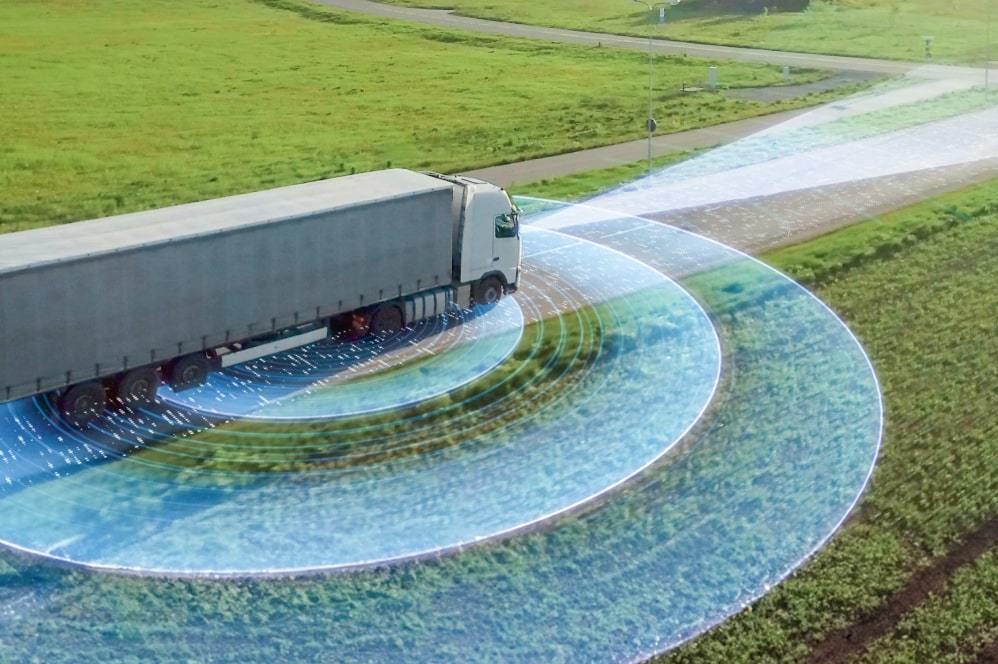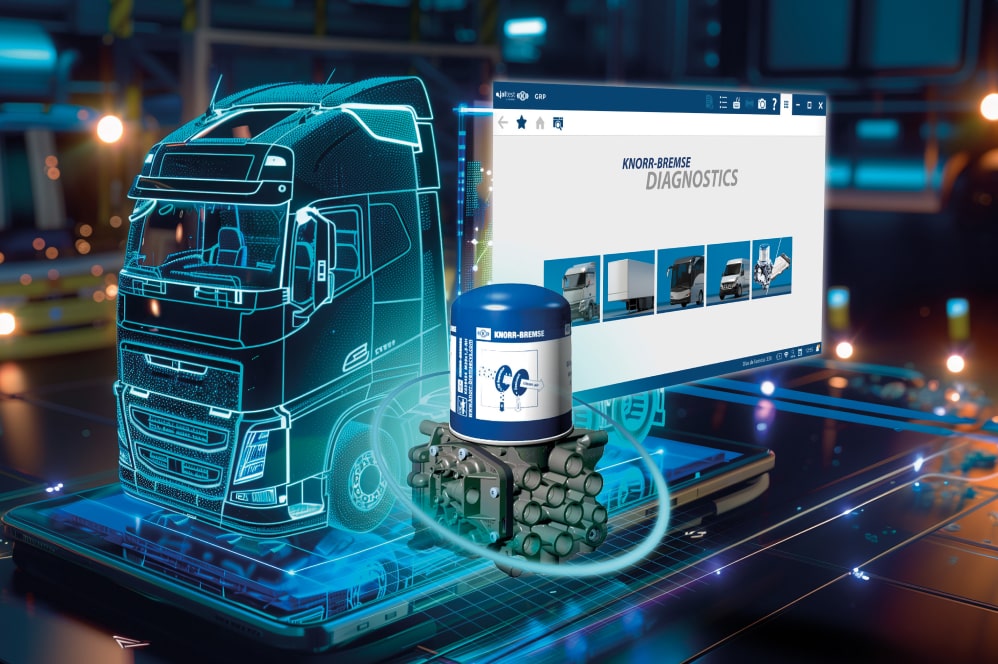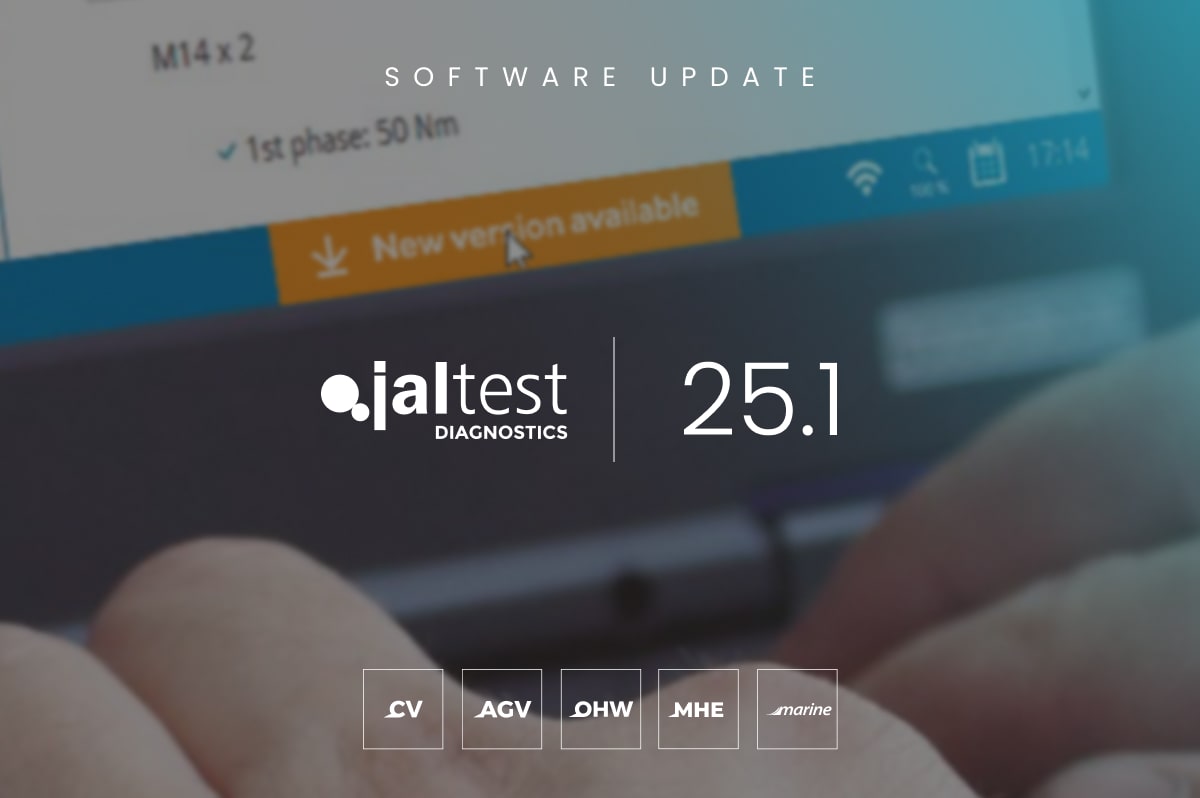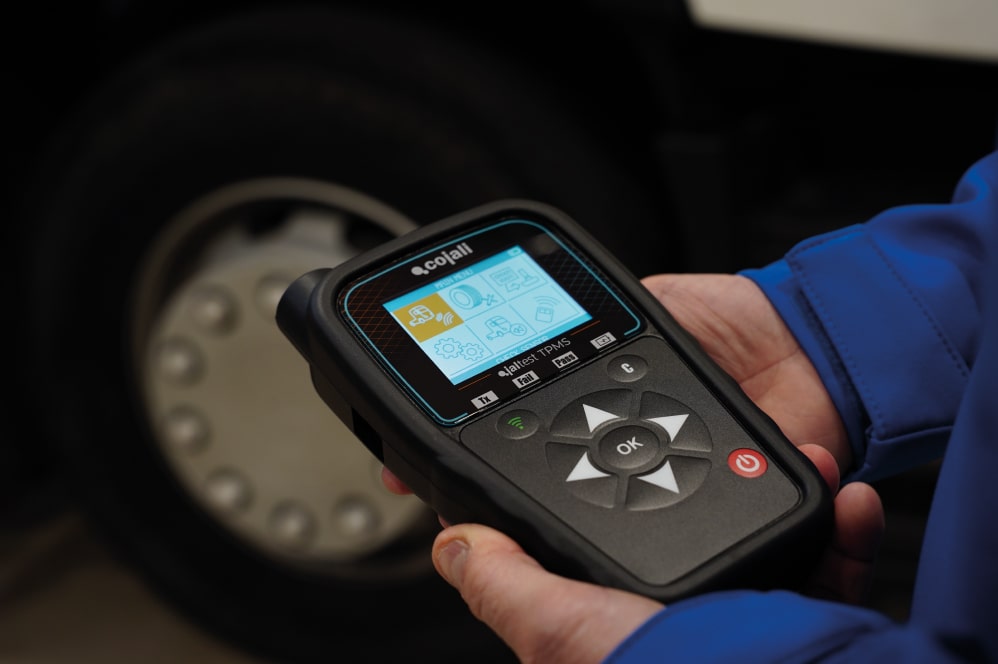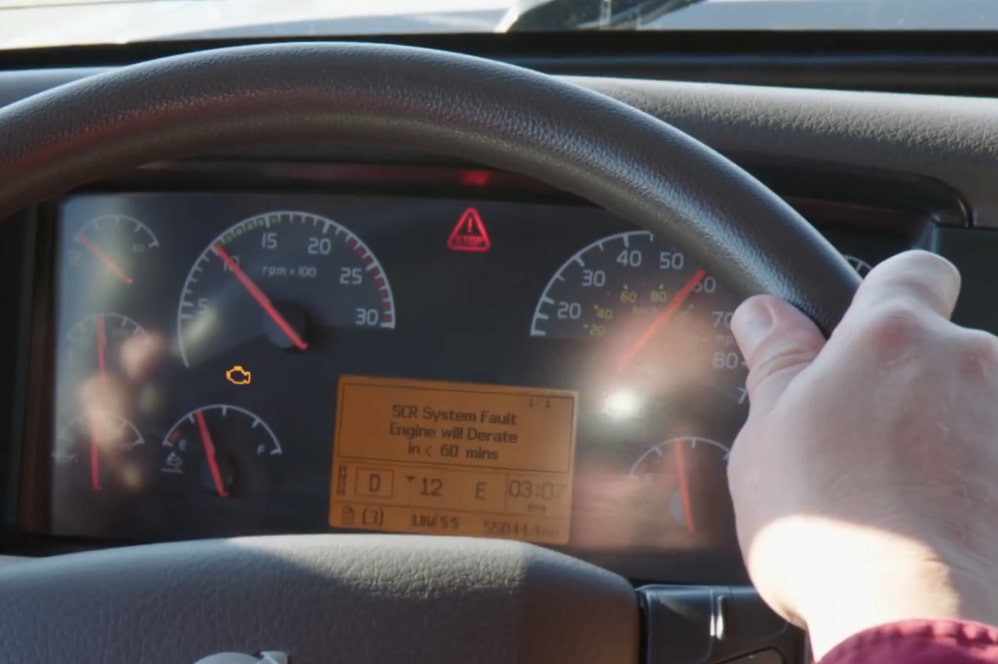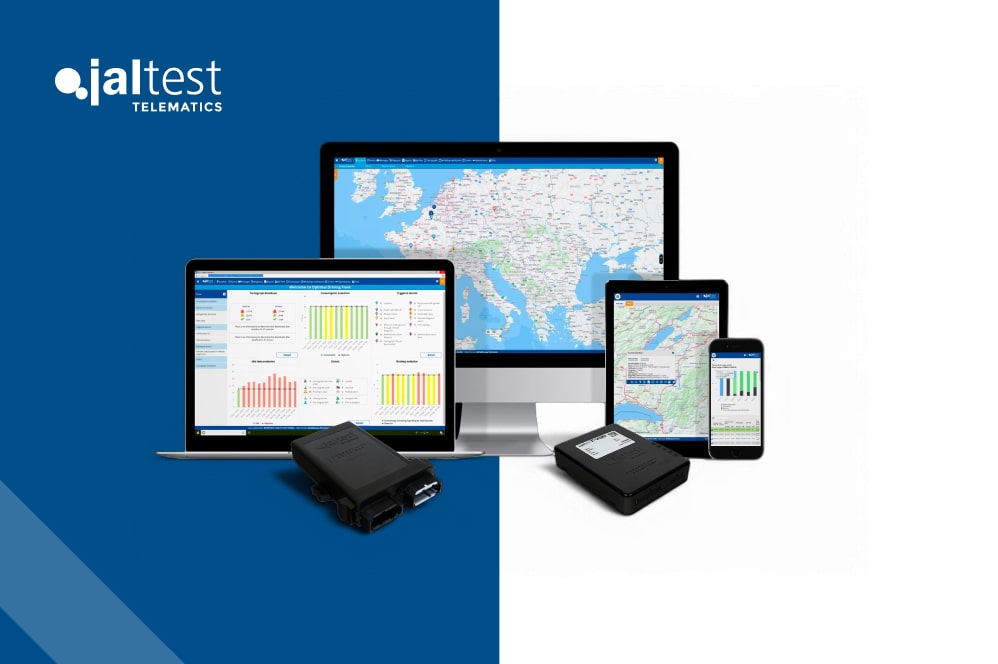In recent years, Advanced Driver Assistance Systems (ADAS) have reshaped how we think about vehicle safety and performance. Now, there’s growing anticipation that 2025 could mark a significant milestone for commercial vehicles, with new legislation potentially making ADAS calibration compulsory for heavy goods vehicles (HGVs), buses, and other passenger-carrying vehicles. This shift could bring big changes not only for vehicle operators but also for workshops tasked with maintaining roadworthiness.
In this article, we take a look at whether ADAS calibration will become compulsory for commercial vehicles in 2025 and, if so, what this will mean for vehicle manufacturers and fleet owners.
What the New Legislation Would Mean for ADAS
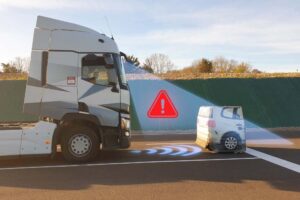 ADAS technologies, such as lane departure warnings, adaptive cruise control, and automatic emergency braking, are already recognised for their life-saving potential. According to the UK government’s Guide to Maintaining Roadworthiness for commercial goods and passenger vehicles, ADAS plays a vital role in ensuring the safety and reliability of modern fleets.
ADAS technologies, such as lane departure warnings, adaptive cruise control, and automatic emergency braking, are already recognised for their life-saving potential. According to the UK government’s Guide to Maintaining Roadworthiness for commercial goods and passenger vehicles, ADAS plays a vital role in ensuring the safety and reliability of modern fleets.
The proposed legislation for 2025 aims to make the calibration of these systems a mandatory feature for HGVs, buses, and other commercial vehicles. But there’s a catch: maintaining roadworthiness will now require more than just routine checks. Workshops will need to calibrate ADAS systems whenever certain repairs or adjustments are made—a requirement that wasn’t enforced previously.
Here’s why this is important: ADAS relies on precise calibration to function correctly. Misaligned sensors or cameras can lead to inaccurate warnings or system failures, potentially jeopardising safety. With this new legislation, calibration will become a legal obligation, ensuring that ADAS-equipped vehicles perform as intended.
When Is ADAS Calibration Required?
The driver’s directive for roadworthiness outlines specific instances when ADAS calibration must be performed. These include:
- Windscreen replacements or repairs
- Suspension or steering system adjustments
- Front-end collision repairs
- Any work that affects the alignment of cameras, radars, or sensors
In the past, workshops might have overlooked ADAS calibration during such repairs, but the new legislation will change that. Now, properly calibrating these systems won’t just be a best practice—it will be a legal requirement.
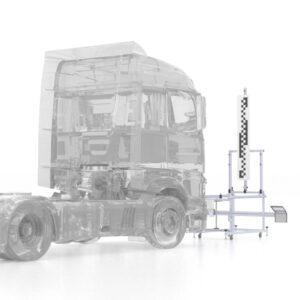 How Jaltest ADAS Equipment Simplifies Calibration
How Jaltest ADAS Equipment Simplifies Calibration
For workshops, meeting these new requirements might sound daunting. But that’s where Jaltest ADAS equipment comes in. Available to purchase from Eclipse, Jaltest’s advanced tools make calibrating ADAS systems straightforward and efficient.
Jaltest ADAS calibration tools are designed specifically for commercial vehicles. The functionality includes:
– Reading and Deleting of Fault codes
– Displaying of vehicle settings
– Live data reading/recording
– Parameter modifications
– Detailed interactive wiring diagrams
– Radar Calibration Static and Dynamic
– Lane Departure Calibration
– Emergency braking and adaptive cruise control calibration
Whether it’s a minor repair or a major overhaul, Jaltest ADAS equipment ensures that workshops can meet the new standards with confidence. Plus, its intuitive interface and comprehensive support make it an ideal choice for workshops transitioning to the new calibration requirements.
What Systems Can ADAS Calibrate?
Advanced Driver Assistance Systems are essential for enhancing vehicle safety, driver assistance, and overall performance. Here’s an overview of the range of systems Jaltest ADAS is able to calibrate:
Adaptive Cruise Control (ACC)
- Functionality: Adaptive Cruise Control is designed to automatically adjust the vehicle’s speed to maintain a safe distance from the vehicle ahead. It utilises radar sensors and cameras to monitor traffic conditions and adapt in real time.
- Calibration with Jaltest ADAS: Jaltest enables precise calibration of radar and camera systems used in ACC. This ensures the system accurately detects vehicles, calculates distances, and adjusts speed for optimal performance and safety.
Lane Departure Warning (LDW)
- Functionality: LDW alerts drivers when they unintentionally drift out of their lane without signaling. The system relies on cameras to track lane markings and provides visual or auditory warnings if lane departure is detected.
- Calibration with Jaltest ADAS: Jaltest supports the alignment and calibration of camera systems responsible for monitoring lane markings. Proper calibration ensures the LDW system operates reliably, even under varying road and lighting conditions.
Forward Collision Warning (FCW)
- Functionality: Forward Collision Warning helps prevent accidents by detecting obstacles or vehicles ahead and warning the driver of potential collisions. It uses a combination of radar and cameras to analyse the road.
- Calibration with Jaltest ADAS: Jaltest allows the recalibration of forward-facing cameras and radar sensors critical for FCW functionality. Accurate calibration ensures timely and precise warnings, reducing the likelihood of false alerts or missed detections.
Advanced Emergency Braking (AEB)
- Functionality: AEB is designed to automatically apply brakes if an imminent collision is detected, either with another vehicle, a pedestrian, or an object. This system significantly enhances safety in emergencies.
- Calibration with Jaltest ADAS: Jaltest provides the necessary tools to calibrate the cameras and radar systems that drive AEB functionality. This ensures the system can accurately identify hazards and respond effectively in real-time.
Why Calibration Is Essential
- Accuracy: Misaligned sensors can lead to false readings, delayed responses, or system failures.
- Regulations: Proper calibration ensures compliance with safety and performance standards.
- Safety: Reliable operation of ADAS features is critical for preventing accidents and protecting passengers and other road users.
Jaltest ADAS provides technicians with a user-friendly interface, step-by-step guidance, and compatibility with a wide range of vehicles. It ensures that ADAS systems, such as ACC, LDW, FCW, and AEB, are calibrated to the manufacturer’s specifications, optimising vehicle safety and functionality.
The Role of Eclipse
As a trusted supplier of Jaltest ADAS equipment, Eclipse is committed to helping workshops prepare for the legislative changes ahead. Our team provides not only the tools but also the training and support needed to seamlessly integrate ADAS calibration into your workflow.
With the right equipment and expertise, workshops can turn this new requirement into an opportunity. By offering reliable ADAS calibration services, you’ll not only comply with the law but also build trust with fleet operators who depend on your precision and professionalism.
In Summary
The potential 2025 legislation making ADAS calibration mandatory for commercial vehicles is a game-changer. While it raises the bar for roadworthiness standards, it also underscores the importance of accurate calibration. For workshops, this shift means embracing new responsibilities—and new opportunities.
With Jaltest ADAS calibration equipment from Eclipse, you’ll be ready to meet these challenges head-on. So, why wait? Get in touch with us today and make sure your workshop is equipped for the future of road safety.
